Science of Stretching
3 hours | Real-time Instruction
Are you confused by mixed messaging around stretching? Are you feeling pulled between two opposing narratives and aren’t sure who is right? Put an end to all the frustration and just get the facts. Jules delivers the latest research combined with the education necessary to help you make sense of it all and empower you to think for yourself.
Choose from two different dates:
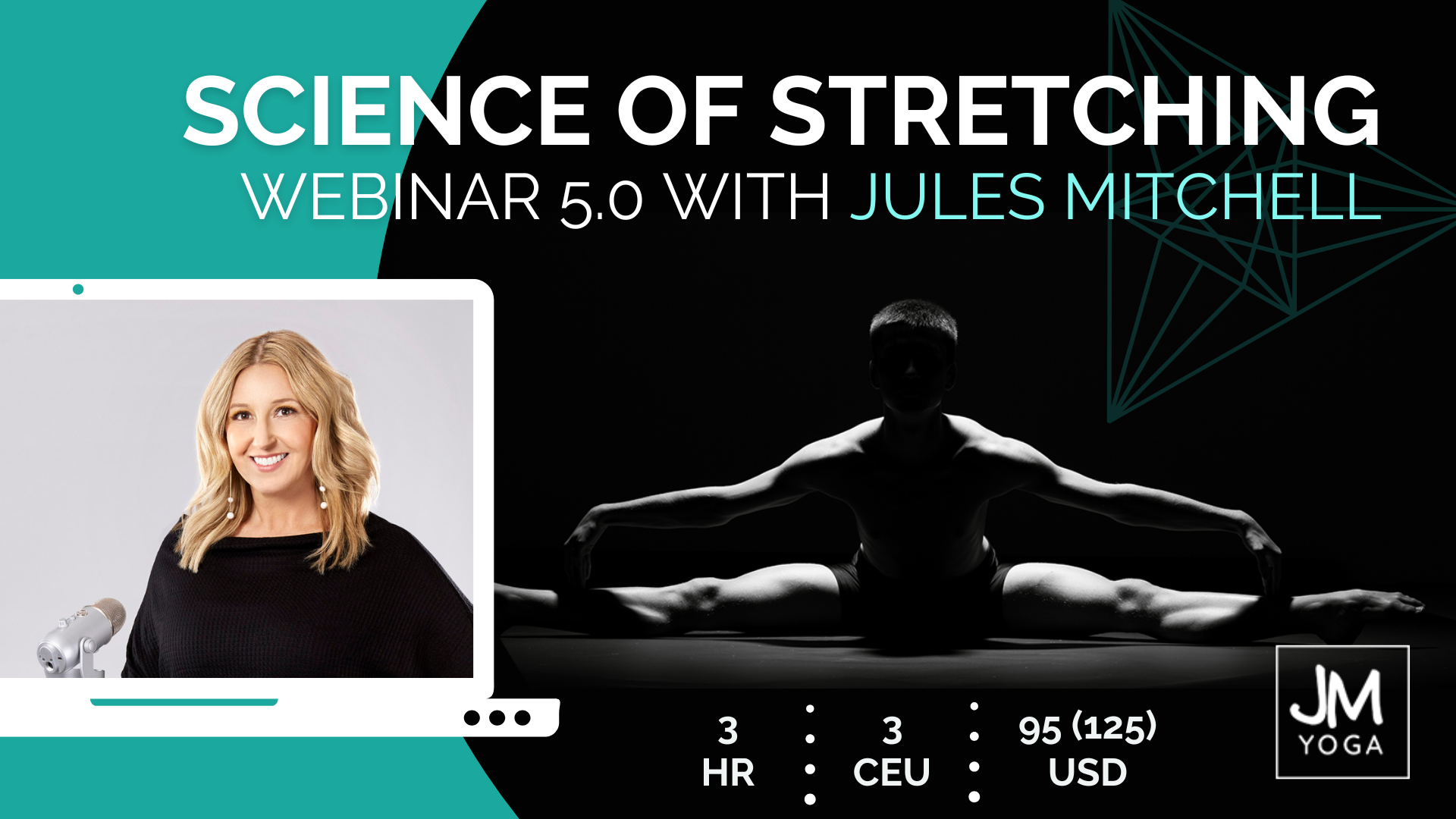
Thursday, July 31, 2025
11am-2pm Pacific Time
$95 USD until July 17
$125 after July 17
Wednesday, January 28, 2026
11am-2pm Pacific Time
$95 USD until Jan 14
$125 after Jan 14

Science of Stretching: Webinar Objectives
This webinar is for teachers and students who have an insatiable curiosity about stretching, what it does, and how it works, while accepting that conventional stretching wisdom isn’t always accurate.
This 3 hour streaming course includes 30 days of access to the livestream replay and slides with 3 CEUs upon completion.
About the webinar
In Science of Stretching, you will learn to:
-
Distinguish between the different types of stretching
-
Categorize non-stretching activities as tensional loads
-
Discuss the various thoughts behind limited range of motion
-
UExamine the effects of stretching on performance
-
Consider the term "overstretching" in a variety of contexts
-
Understand the role of muscle spindles in the feeling of tightness
Webinar Description
- Are you frustrated with conflicting statements around stretching and you’re not sure who to believe?
- Have you been told stretching makes you hypermobile?
- Are you worried about doing a disservice to your students by having them stretch?
- Are you unsure of what to make of the latest stretching fad (i.e. CARS or active ROM)?
- Do you doubt the claims that stretching fixes posture?
- Are you curious about what the research actually says about stretching?
- Do you want to know what type of stretching to use, when, for whom, and for what outcome?
If you’re the kind of teacher who always asks why, join Science of Stretching. This online webinar is available twice per year and is continually revised and updated. The webinar focuses primarily on stretching and Jules’ interpretation of the research, covering nearly 100 slides complete with references when scientific studies are mentioned. The webinar is live and Jules addresses questions in real time via the webinar Q&A function.
The webinar is constantly evolving as Jules continues to research and refine her narrative on the topics of stretching, strengthening, training, adaptation, injury, rehab, and pain.
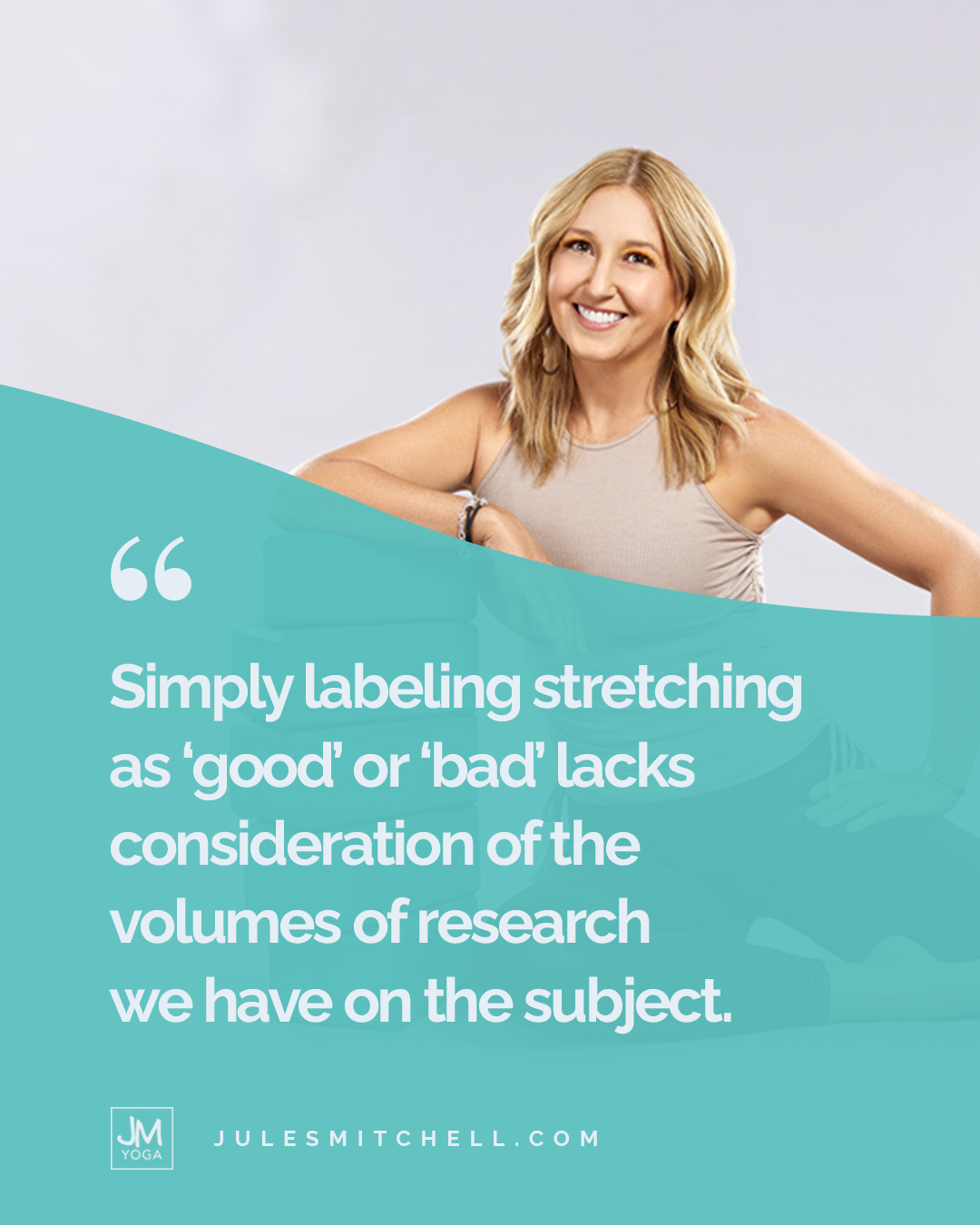
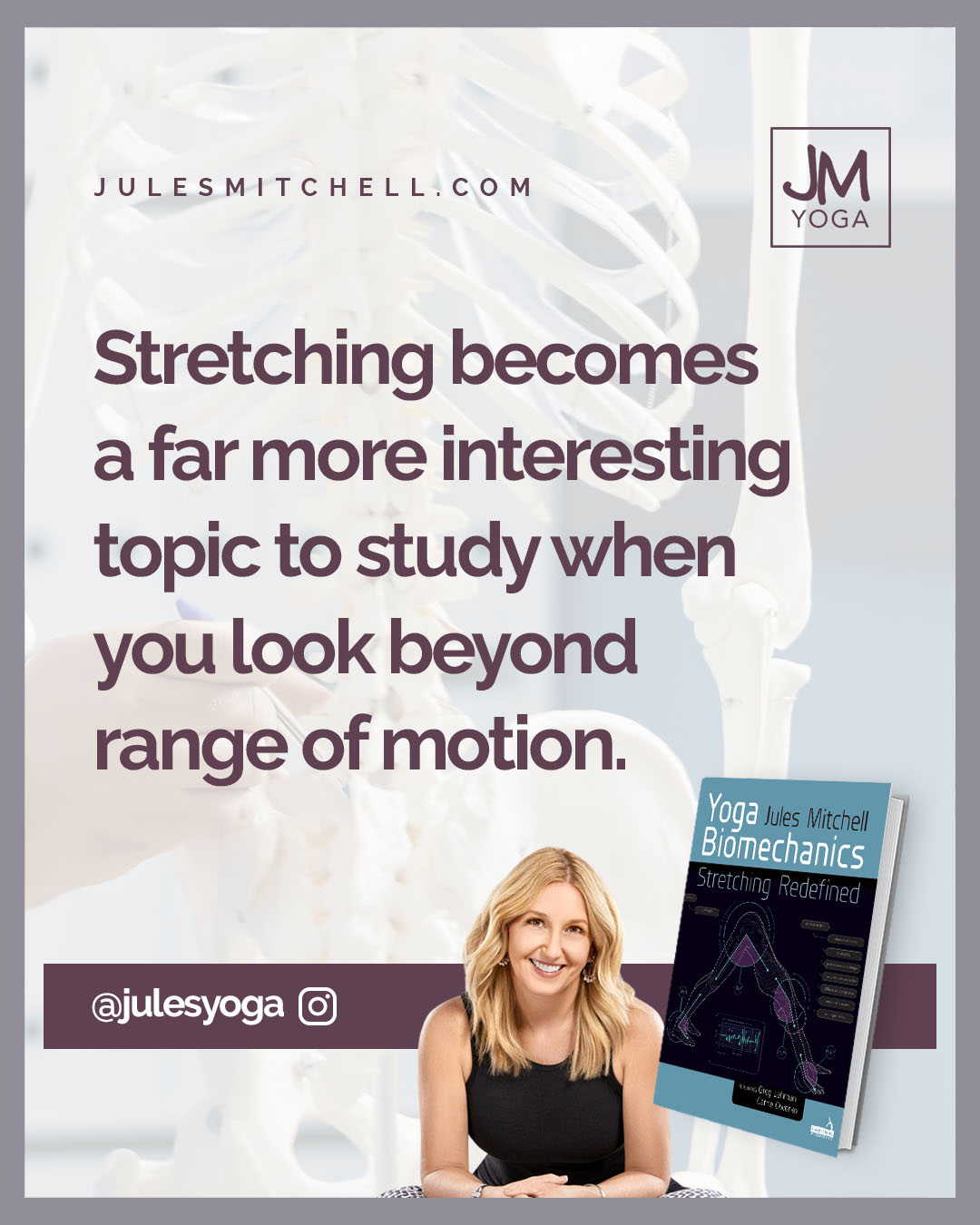
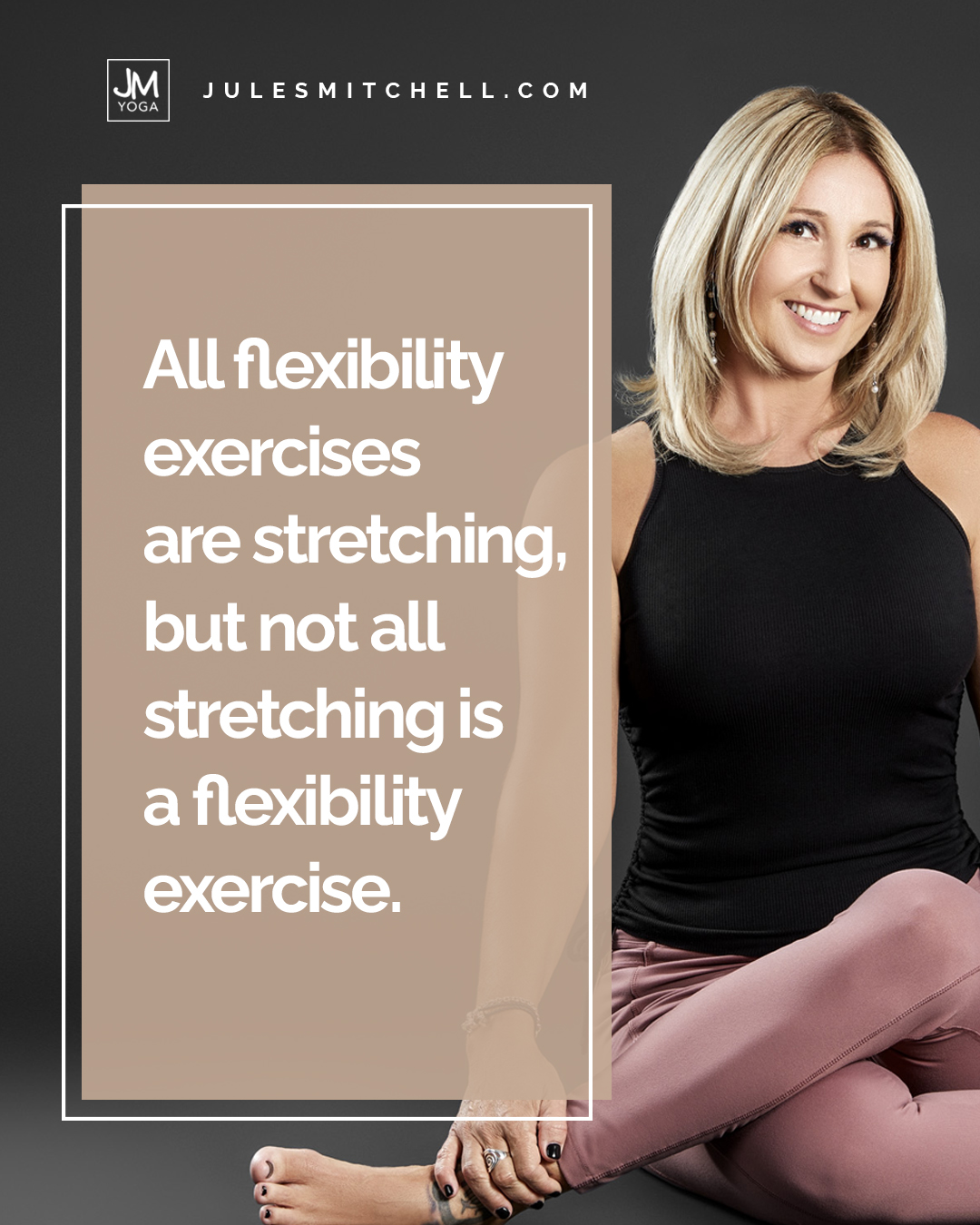
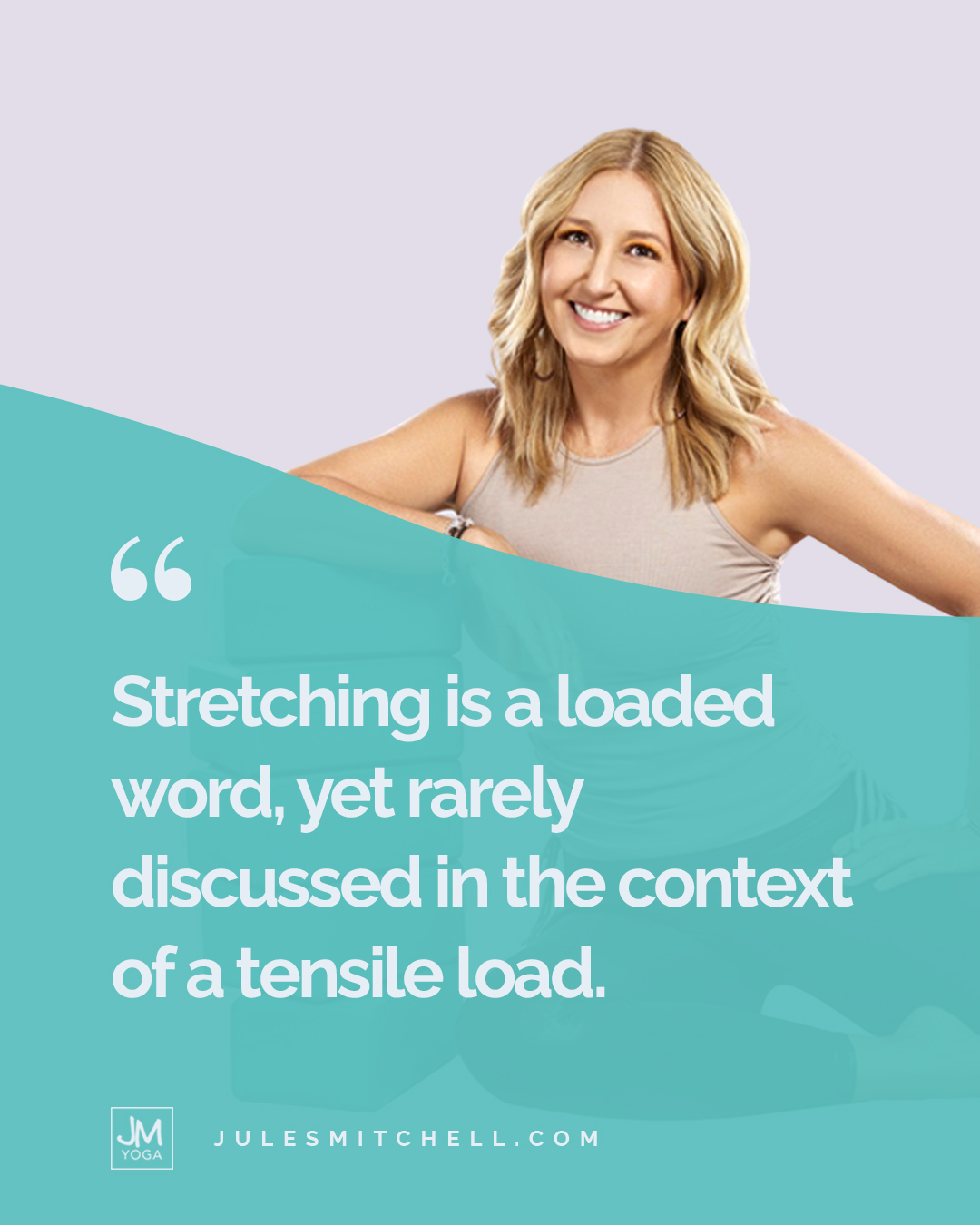
Watch a sample from the course
Webinar Topics
- Active vs. passive range of motion
- Performance and injury
- Stretch tolerance
- Muscle physiology
- Stretching techniques
- Proprioceptive Neuromuscular Facilitation (PNF)
- Reciprocal inhibition and autogenic inhibition
- Eccentrics and stretch induced hypertrophy
- Connective tissue histology
- Stress, strain, and time dependent outcomes
This Webinar Includes
- 3 hour video-based lecture
- Downloadable PDF slides
- 3 CEUs available upon completion
- 30 days access to course materials
- Live access via Zoom webinar feature (you won't be on video)
About The Instructor
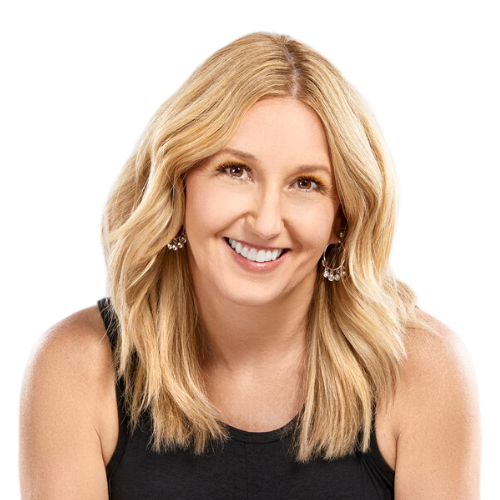
Jules Mitchell, MS, LMT, E-RYT 500
Jules Mitchell leads advanced continuing education programs in biomechanics for intellectually fearless yoga teachers. She helps them integrate principles of exercise science and applications of pain science into their classes. Jules is the author of Yoga Biomechanics: Stretching Redefined, a unique, evidence-based exploration into the complexities of tissue mechanics and the human body’s resilience and adaptability.
She leads workshops and courses online and worldwide, runs a popular 300 hour yoga teacher training, frequently serves as guest faculty, and hosts a comprehensive mentoring program to support teachers in both education and business. Her passion is bringing the most useful and applicable research-based concepts into the yoga community, even when it invokes a discerning analysis of popular opinions.
Science of Stretching: Enroll Now
Register for real-time access to Science of Stretching.
This is a live, online webinar.
Frequently Asked Questions
How will I join the webinar?
When you sign up, you will be immediately registered to the webinar on Zoom and will be emailed a link to add it to your calendar. Zoom will issue you a reminder (with link to join) 1 week, 1 day, and 1 hour before the live webinar.
How do I access the recording?
The webinar recording will be emailed you within 24 hours of the end of the webinar. You will have 30 days to watch the replay. No exceptions.
Are there any prerequisites for this course?
There are no prerequisites. This course is open to yoga teachers, fitness professionals, and committed students who want to learn how to think about stretching.
Will I get a copy of the slides?
Yes, the slides are available as a downloadable PDF. We will include the link in the replay email.
How many CEUs will I get for taking this course?
You will earn 3 CEUs upon completion.
What if I can't attend live?
You’ll get the most out of attending live so you can interact with Jules and her moderator through the Q&A feature. But if you can’t attend the live webinar, you will have access to the recording and slides for 30 days.
What is your refund policy?
All sales are final. No refunds. If you have concerns about whether this course is right for you, send us a message with your questions.
